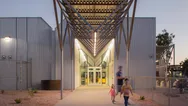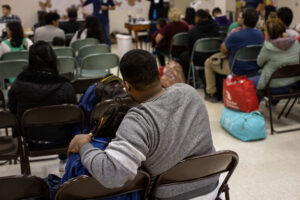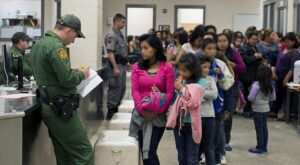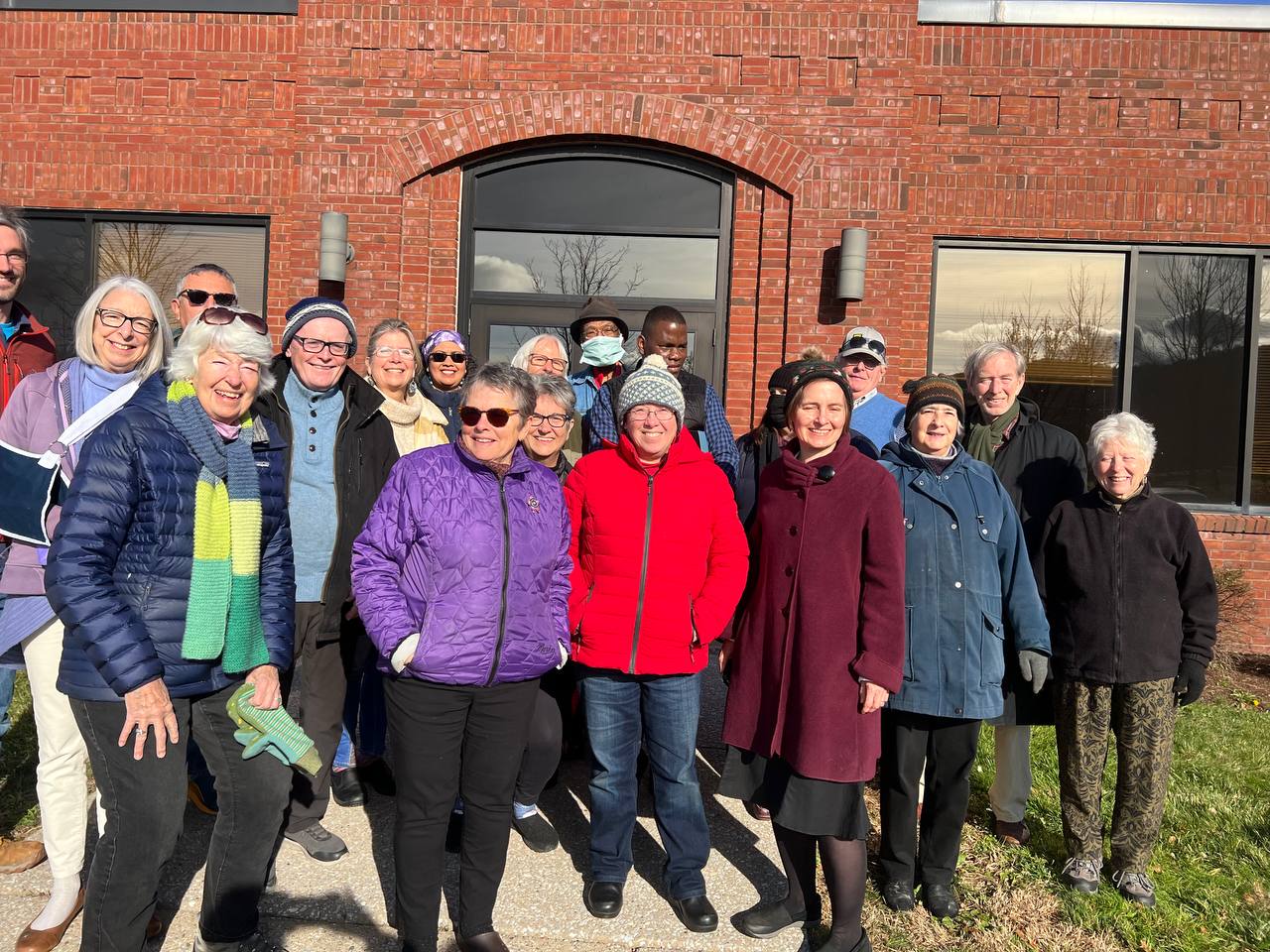Land ports are not only physical and symbolic gateways into the U.S.; they are essential to the management, control and reduced risk of traded commerce, making them essential to economic stability.
As an architect whose firm specializes in land ports of entry along Arizona’s and California’s borders with Mexico, I have spent countless days experiencing border conditions, cross-border relationships and the consequences of an obsolete immigration system.
There are challenges with the system, no question.
But one distortion must be made clear: What my colleagues and I have witnessed is in no way a security crisis – no caravans, no invasions, no surges.
While the viral film footage out of Texas showing hundreds of men, women, children and the elderly seeking a better life for their families is heartbreakingly real, the obvious fact that this mass of despairing humanity is held at bay in Mexico would certainly suggest that the border is still secure.
The anti-border rhetoric is sadly predictable
Let us acknowledge that this is a crisis of human suffering and is due to the inaction of our elected officials, who have no incentive to turn off their fundraising faucet.
I have lived and practiced architecture in Arizona since 1973, and I have become jaded by the ubiquitous campaign rhetoric, predictably queuing up at the beginning of each election cycle.
Long ago, I stopped asking which border the candidate meant, and recognized that the election results would likely have little real-world effect.
These are complex challenges that cannot be solved by narrow-minded, 3,000-year-old thinking. Between 220 B.C.E. and 1,368 C.E., China built the Great Wall to keep people out; it failed to achieve its presumed goal.
Now for some encouraging news.
The federal government’s General Services Administration is charged with overseeing the planning and construction of U.S. land ports of entry. In addition to airports and seaports, our country maintains 167 land ports.
Land ports of entry are critical to our economy

As of last year, Mexico surpassed China as America’s top trading partner. Last year, bilateral trade totaled nearly $800 billion.
Land ports are not only physical and symbolic gateways into the United States; they are essential to the management, control and reduced risk of traded commerce, making them essential to economic stability.
Reverse US’s outdated quota law:Trump and Biden blame each other for illegal immigration. But Congress created it.
Thanks to federal infrastructure investment, the southern ports (most built in the early 1970s) have been selected for modernization, expansion and security upgrades.
As an architecture firm fortunate to be one of several design architects trusted to evaluate and design new ports of entry, we can point to many successes in creating facilities that both represent the dignity of the U.S. government and project a sense of law and order.
Yuma, Nogales are notable border models
One model for mutually beneficial cooperation between the two countries is the agreement in place in southwest Arizona, near where the Colorado River passes through on its way to the Sea of Cortez.
Here, one can find 230,000 acres of irrigated agriculture and a year-round growing season that produces more than 90% of all the leafy greens grown in the United States from November through March. The crops require a large labor force to plant, maintain and harvest.
What migrant surge?No, America is not seeing an unprecedented surge in immigration. New Census data prove it.
Yuma and the small border town of San Luis, Arizona, cannot supply enough workers; their much larger Mexican sister city, San Luis Rio Colorado, can. Work visas have been issued to more than 8,000 migrant farmworkers to cross the San Luis Land Port of Entry on foot every morning and return to their family’s homes at the end of each day.
Another example of respectful policy can be found in our first border project, in Nogales, Arizona, which was started in 2007 and concluded in 2016.https://www.usatodaynetworkservice.com/tangstatic/html/usat/sf-q1a2z330306dc3.min.html
Because Nogales is a convenient location for import trucking companies to access the U.S. interstate highway system, tens of thousands of loaded semis from South America, Central America and Mexico choose the Mariposa Land Port of Entry as a preferred crossing point.
Our modernization solution reimagined conventional port circulation and used buildings and landscaping to define enforcement zones as opposed to relying on razor wire fences.
Borders are more than barbed wire and fences
With our modernization and expansion of the existing port of entry in Otay Mesa, California, we let architecture and landscape humanize the sidewalk by creating shade and visual activation while securing the commercial trucking compound.
After a year of Otay Mesa operation, the previous old memory of 2,000 feet of chain link and threatening coils of barbed wire has been replaced by a thoughtful, people oriented, walkable urban streetscape.
Although I am a card-carrying optimist, I don’t see any national or local trends changing attitudes.
One thing, however, is for sure: If we continue to make the border a security hot potato, ignoring the humanitarian reality and failing to upgrade our immigration system, we will continue electing people who feign outrage and perpetuate border confusion for their own self-interest.
The southern border – like any border – should not be a thing that separates two countries. The border connects us.
Author:: Bagombeka Job
CREDIT:: USA TODAY











































